SLASH CHORDS (No, not him)
In this tutorial, we look at slash chords. These are NOT the chords of the incredible guitarist named Slash.
These are simply chords with a different lower note than the root note.
Chord refresher
As stated in our chords tutorial, a chord is:
Chords are notes (or tones) that you play simultaneously, that compliment each other and create a full sound.
Most chords consist of 3 or more notes.
The chord's root is the lowest note in the chord......except for slash chords.
Slash Chords
Slash chords are simply chords with a different root note.
The chord's name then changes to the original chord name, followed by a slash, then followed by the lowest note.
It's also called an "over" chord, because you say the orignal chord "over" the new lowest note.
Inversions Are Slash Chords
Inversions are simply chords with the same notes, just the root is not played as the first, or lowest note.
For example, the notes of the A Major Chord are A - C# - E.
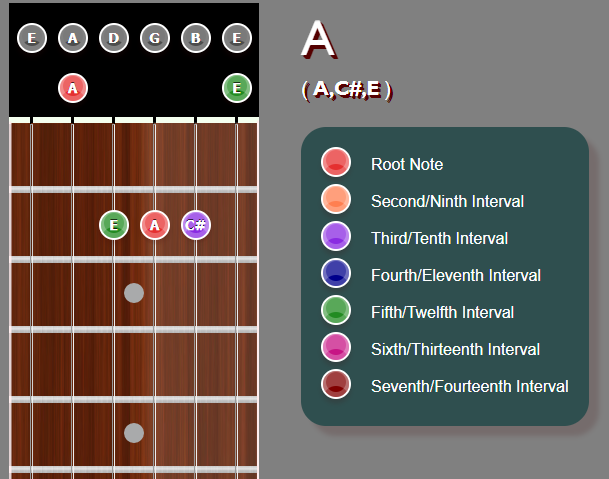
Let's start very simple. When we play the A Major Chord, we do not play the low E (6th string).
The first note is the A on the A (5th) string, open.
What happens if we play the low E, like this?
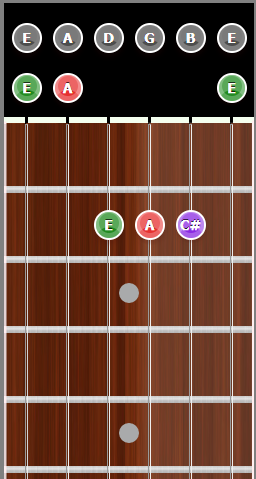
Actually, nothing. You can still call it an A Chord. But, you're writing a song, and you want someone else to play the open E,
when they play your song, you have to change that A Chord to an A Major over E chord, denoted as: A/E
since the A is not the root note.
What happens if we want the C# to be the lowest note, like this:
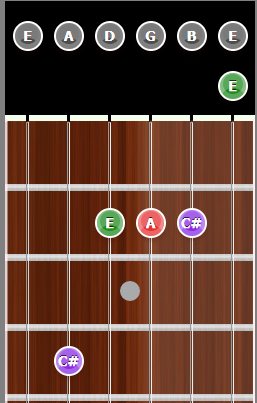
Following the same rule, the new chord name would be A/C#
since the C# is now the lowest note. This is referred as A over C#.
Another Example
Another common example of a slash chord is the D Chord.
The notes of a D Major Chord are: D - F# - A.
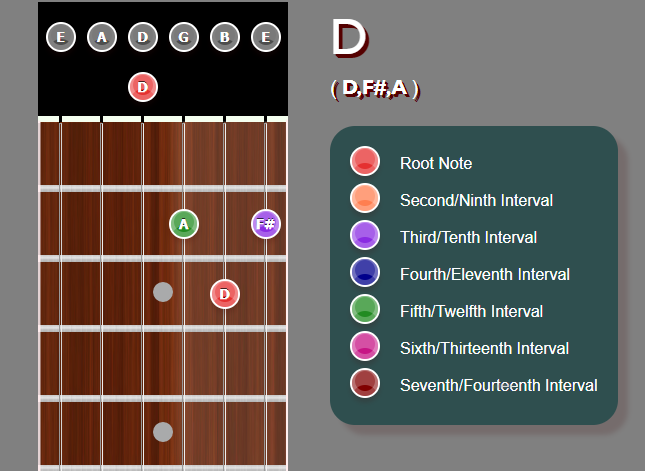
Many players wrap their thumb around and fret the F# on the low E string. They also mute the A string with the thumb.
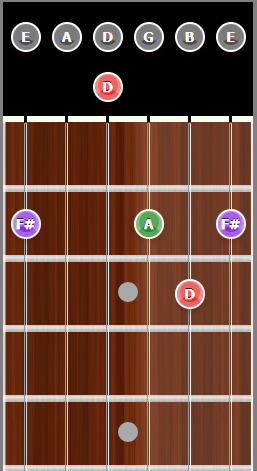
Now that the F# is the lowest note, it changes the chord signature. The new signature is D/F# or D over F#.
Wrap Up
Slash or Over Chords are a very simple concept. If the root note is not the lowest note, tell the player which note should be the lowest.
Does the slash note need to be in the chord? No, not at all. I just used the notes that already exist in the chord to describe the concept.
Try your own slash chords, and see how they sound.